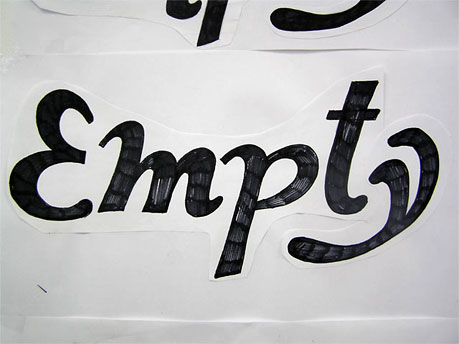When to stop testing?
As a web developer there comes a time when you need to consign a browser to the dustbin of history, and remove it from your testing suite. It’s a decision I find difficult to make – I am a visual designer and hate the idea that a website I built might look less than perfect for anyone at all. But to offer our audience an experience that takes advantage of the best the web has to offer, it is necessary to weigh the needs of the many against the needs of the few. In this article I will look at some best practices for dropping support for a browser, and suggest a list of browsers that make the cut (and ones that don’t).

